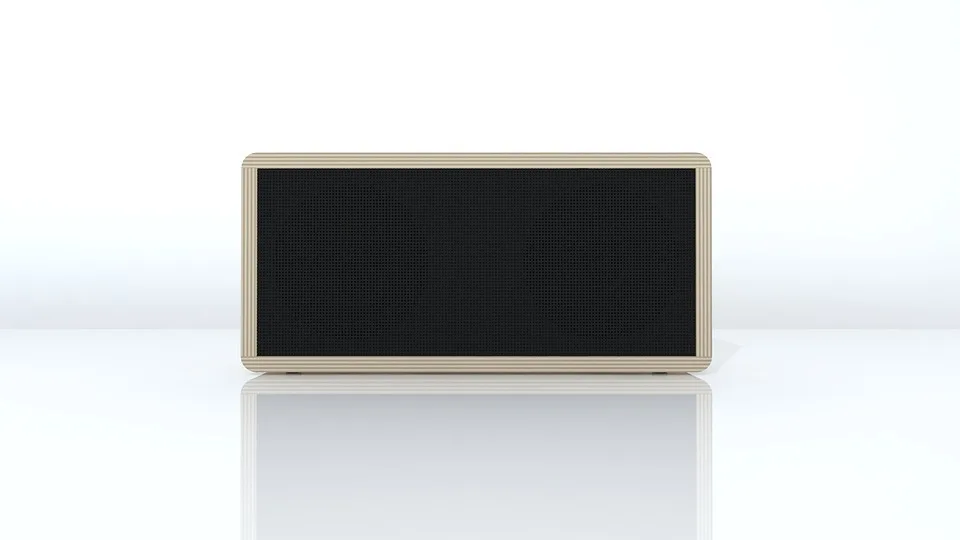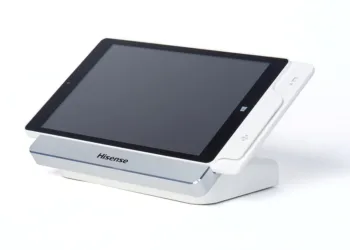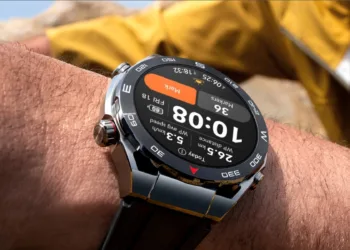In the world of audio technology, the terms "wireless speaker" and "Bluetooth speaker" are often used interchangeably, leading to confusion among consumers. While both offer the convenience of cable-free sound, they have distinct characteristics. This article will clarify the differences, features, and functionality of each type.
What is a Wireless Speaker?
A wireless speaker is a broad term that encompasses any speaker that can play audio without requiring a wired connection. This category includes various technologies that allow for the transmission of sound.
Types of Wireless Speakers
- Wi-Fi Speakers: These speakers connect to a home Wi-Fi network, allowing them to stream music directly from online services or local devices. Wi-Fi speakers often have additional features like multi-room audio.
- RF Speakers: Radio frequency speakers use a dedicated transmitter to send audio signals from one device to the speaker. This technology is commonly used for home theater systems.
- Infrared Speakers: Infrared technology relies on light waves and requires a direct line of sight between the transmitter and receiver. This type is less common due to its limitations.
Advantages of Wireless Speakers
- Range: Wi-Fi speakers typically have a longer range than Bluetooth, often extending throughout an entire home.
- Audio Quality: Many wireless speakers provide higher sound quality, especially those using Wi-Fi or dedicated transmitters.
- Multi-room Capability: Wi-Fi speakers often allow users to connect multiple speakers throughout their homes for synchronized playback.
What is a Bluetooth Speaker?
Bluetooth speakers are a specific subset of wireless speakers that utilize Bluetooth technology to transmit audio. This technology is widely popular due to its ease of use and compatibility with a wide range of devices.
Features of Bluetooth Speakers
- Portability: Most Bluetooth speakers are designed to be compact and lightweight, making them ideal for travel and outdoor use.
- Pairing with Devices: Bluetooth speakers can connect with smartphones, tablets, and laptops easily, often requiring just a single button press to establish a connection.
- Battery Operated: Many Bluetooth speakers are powered by rechargeable batteries, allowing for hours of playtime without being tethered to an outlet.
Advantages of Bluetooth Speakers
- Simplicity: The pairing process is straightforward, making Bluetooth speakers user-friendly for consumers of all tech levels.
- Versatility: Bluetooth speakers can connect to a wide array of devices, including smart TVs, gaming consoles, and computers.
- Affordability: There is a vast selection of Bluetooth speakers available at various price points, making them accessible to many consumers.
Key Differences Between Wireless and Bluetooth Speakers
Understanding the fundamental differences can help consumers make informed decisions when purchasing audio equipment.
Range of Use
- Wireless Speakers: Generally have a longer range due to Wi-Fi technology, allowing for music playback in multiple rooms.
- Bluetooth Speakers: Typically have a limited range, around 30 feet, making them suitable for smaller spaces.
Sound Quality
- Wireless Speakers: Often deliver superior sound quality, especially models that use Wi-Fi or proprietary technologies.
- Bluetooth Speakers: While many Bluetooth speakers provide good audio quality, they may compress the sound, affecting the overall listening experience.
Connectivity Options
- Wireless Speakers: Usually come with additional connectivity options such as auxiliary inputs, while often supporting voice assistance features.
- Bluetooth Speakers: Primarily rely on Bluetooth for connectivity, although some models may also include auxiliary ports or USB inputs.
Price Range
- Wireless Speakers: Tend to be more expensive due to advanced technology and features.
- Bluetooth Speakers: More affordable options are readily available, catering to a wide range of budgets.
Summary of Features
| Feature | Wireless Speaker | Bluetooth Speaker |
|---|---|---|
| Connection Type | Wi-Fi, RF, Infrared | Bluetooth |
| Range | Long (homewide) | Short (up to 30 feet) |
| Sound Quality | Often superior | Good but varies |
| Portability | Less portable | Highly portable |
| Price | Generally higher | Generally lower |
By understanding these differences, you can choose the right speaker to suit your audio needs, whether you’re looking for a home audio system or a portable sound solution.









